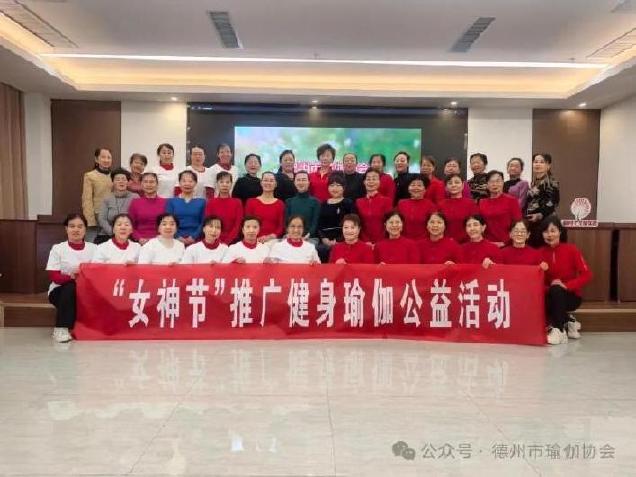Before reading this article, please click the blue font above, and then click “follow”, so you can continue to receive all kinds of entertainment articles for free.
Share every day.
It’s a free subscription.
Please rest assured to pay attention.
There are rules to follow in practicing yoga.
Today, I share with you the seven moving principles of practicing yoga postures, hoping to be helpful to your practice.
Principle 1: breathing, breathing and moving the body yoga practice is to be aware of your breathing.
The movement of the body is supported by breathing.
Let the consciousness not forget to breathe.
Pay attention to breathing when doing any action, be aware of your breathing, and move the body through breathing.
Expand as you inhale and contract as you breathe.
Feel the expansion and contraction of the body through slow breathing, and push the action in it.
Principle 2: balance, no tension, no looseness.
The force and reaction force are rooted in the earth.
Relaxation is not to let yourself loose, nor to make the body reach the limit.
Tension.
Relaxation is neutral.
Don’t loose, don’t be nervous.
When the body looks for the support of the earth, pressing down produces weight, and the earth produces counter power to the body.
Principle 3: divergent human starfish move from the inside to the outside.
The body consists of six parts, which are composed of head, two arms, two legs and trunk.
Contact is generated through the navel (lower abdomen).
When the feet are extended and the hands are in one word, the body is like a starfish.
Each part is connected by the trunk.
Any posture action we do starts with our navel, then to each limb, and in turn, from the external limb to the center.
Rule 4: the central axis of the spine is the central axis to maintain the coordination of the spine.
After practicing postures for a period of time, you will feel that the spine is the key in all postures.
In asanas, the coordination of the spine should be maintained.
In all asanas, the extension of our spine is the most critical.
The first point: feel the flow of Qi in the spine when breathing.
Observe the spine during breathing and feel the wave like flow in the spine.
Second point: the center of tension will hinder the extension of the spine.
When the navel (center point) is trapped during exercise, when it is not very free, the tense center will hinder the extension of the spine.
Third point: in practicing each pose, always check whether the abdomen can move.
Fourth point: physical tension will hinder the extension of the body.
After checking the center of the body, check the tense part of the spine.
Principle 5: only by stabilizing the foundation and stabilizing the body can we better extend and establish the support of the foundation, structural building blocks.
When practicing yoga asanas, the part in contact with the ground must have a solid foundation.
Principle 6: coordination creates a clear line of power.
Coordination and continuous movement.
Pain is a warning of improper coordination.
Good coordination will not exist with pain.
Should be based on their flexibility and skills, do not force the body to follow the perfect position.
Practicing yoga asana is not endless stretching of ligaments, but to make the mind peaceful and communicate with the body.
Principle 7: integrity involves the whole body to achieve balance and coordination.
When practicing yoga, the whole body should participate.
When supporting to the ground, pay attention to the hands in the sky.
When stretching to the sky, pay attention to the parts of the body in contact with the ground, move to the left, keep the consciousness on the right, and achieve “complete” after a period of practice.
The contents of the official account indicate that the copyright is owned by all the original sources (which can not verify the copyright or do not indicate the source)..

